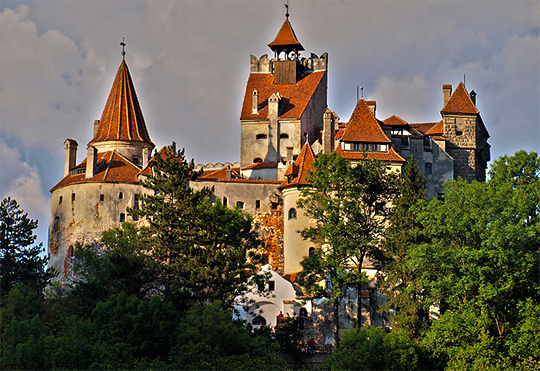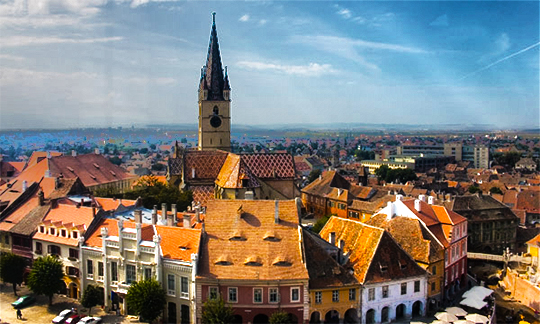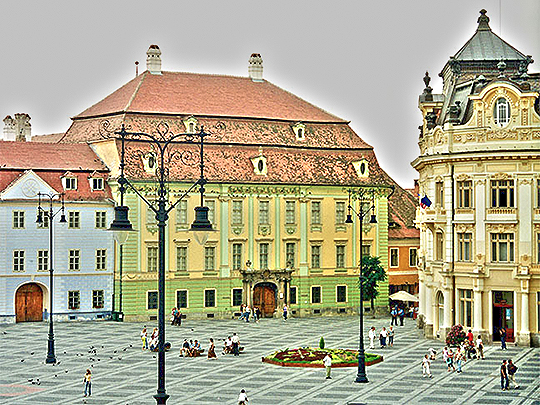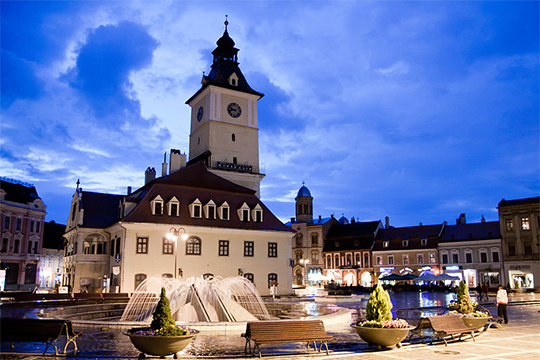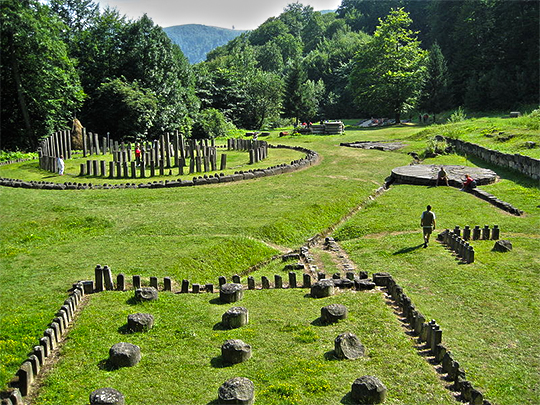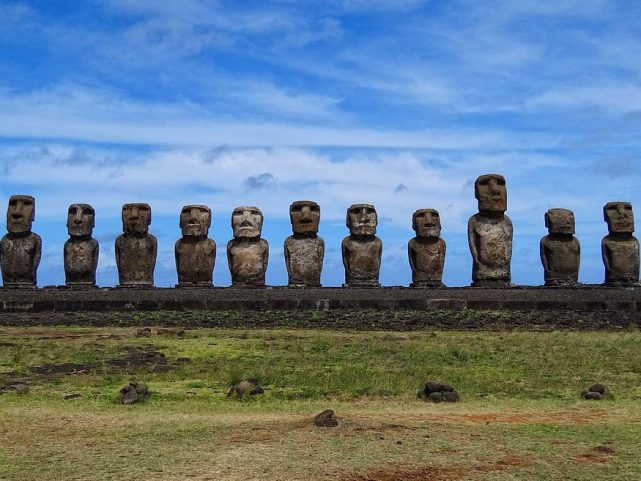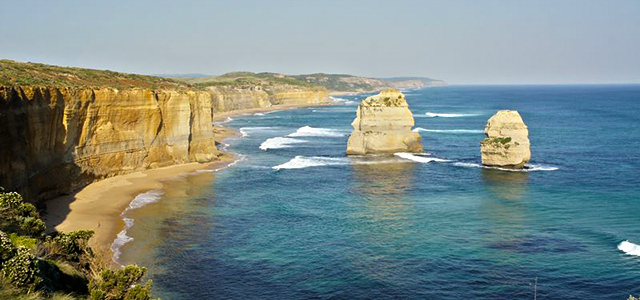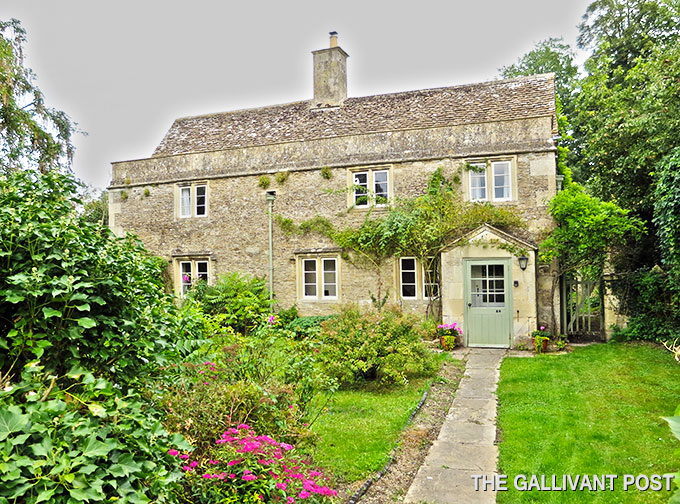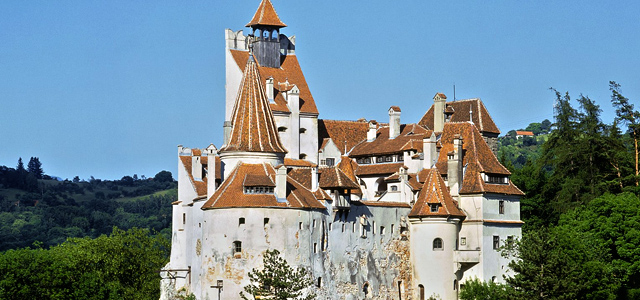
Transylvania: of medieval cultures and scenic sights
I have an unexplained love for Romania. Maybe because it’s the birthplace of the great Nadia Comenaci, whom I used to worship a great deal. She put the tiny European country on the world map for me.
Of course, before the powerful tiny gymnast ever came into existence, Romania was known for the infamous Transylvania, the setting of Bram Stoker’s Dracula. It helps that the region sets the perfect scene- flourishing medieval castles and towns with scattered dark forests and framed by snowy peaks of the Transylvanian Alps in the distance.
Transylvania’s diverse background gives rise to a melting pot of cultures. Rich in myth and history, a visit to Transylvania is enough to quench your thirst for all things medieval. There are around 100 castles and fortresses found here, some of which are the country’s greatest collection of preserved castles and fortresses. Curious travellers can also satiate their sense of adventure with small villages of old houses filled with character.
Wrapped by the Carpathian Mountains, a trip here can also include hiking and climbing activities, ending with a walk through one of the national parks.
Bran Castle
I’m not sure if there are people crazy enough to visit Transylvania just to see the castle where Vlad the Impaler calls home; but I do know it’s insane to actually be here and not visit. A national monument and landmark in Romania, the castle fortress divides the regions of Transylvania and Wallachia.
From nearby Brasov, it takes a 45-minute scenic ride on board the bus from Autogara 2 to reach the castle. Coated with a veil of mystery and mystic, the Bran Castle makes a beautifully haunting sight. While its exterior is captivating, Bran Castle’s interior isn’t. Unlike preserved castles you’re accustomed to in Western Europe, there are no opulent decoration or sprawling furnished rooms in Bran. In fact, the rooms are mostly bare. The entry fee may be only 5 Euros; you might just want to save the moolah and be content with exploring its grounds and capture the castle from different angles.
Tip: if you choose to enter the castle, go up to the watch tower to soak in the views. The center of the castle has a quaint courtyard with an old-fashioned well that makes a charming sight.
Scenic Sibiu
An important Romanian cultural center, Sibiu was a designated European Capital of Culture in 2007, along with Luxembourg. Sibiu has Romania’s largest German community, adding to the town’s distinct medieval appeal, with sweeping landscapes and striking parkland.
The Old Town is the main highlight, with buildings peppered with German influences of the Middle Ages, labyrinthine streets, corner cafes and old-world churches. Centuries may pass but these structures remain in good condition. Split into two parts, the Upper Town houses most of the town’s historic sights, while Lower Town is where you’ll find cobbled squares and quaint cottages.
The Citadal of Sibiu was one of the best fortified fortresses in Europe in the Middle Ages, and remains well preserved today. Visit the towers and bastions while you’re there, and especially the Stairs Passage, connecting the upper and lower part of the citadel. If you can afford to splurge a little, dine at the Golden Barrel (Butoiul de Aur), resting at the end of the Stairs Passage. It’s Romania’s oldest known restaurant.
The Huet Square breathes a heavy German influence, with a blend of Gothic buildings, anchored by the Evangelical Cathedral, a five-pointed structure built in 1520. The inside of the cathedral features a gigantic mural in renaissance style. There’s also a fan-vaulted ceiling on the south side, with the highlight being a baroque organ designed in 1671.
Over at the Great Square, you can find the Brukenthal Palace turned museum, widely considered Romania’s second best. Here’s where you’ll find an extensive art collection of over 1000 paintings.
For something a little different, head to the outskirts of Sibiu. There’s the “ASTRA” Museum of Traditional Folk Civilization, one of Europe’s biggest open air museums in Europe, with outdoor exhibits complemented with the gorgeous backdrop of the mountains.
Brasov
At the mountain resort city of Brasov, there is a stunning mix of mountain scenery with medieval history in the old town. The main square in this German-influenced town features buildings of varied architectural style. The pedestrian-only Republicii Street is lined with restaurants with outdoor terraces for an idyllic meal amidst a surreal setting. Nearby are several structures of note, like the Black Church, the Orthodox Cathedral and the town museum, each showcasing a different slice of Brasov history and culture, after which you’ll be well versed in the story of the town and its beginnings.
Dacian Fortresses of the Orastie Mountains
If you’re a fan of history and legends, the Dacian Fortresses is like a treasure trove. This Romanian Stonehenge lives through three centuries and remains a sight to behold. The well-preserved remains offer a vivid picture of the ancient Dacian civilization. There are six fortresses in all, and was declared a UNESCO Heritage Site in 1999. The burning question in your mind after looking at the structures is how people in ancient times build these megalithic temples atop the mountains.
Tip: Prepare for a rocky journey to the Orastie Mountains. The route there is rough and unlike other tourist attractions, there aren’t any amenities here. Everything here is kept at its natural state.
Escape to the Rodna Mountains
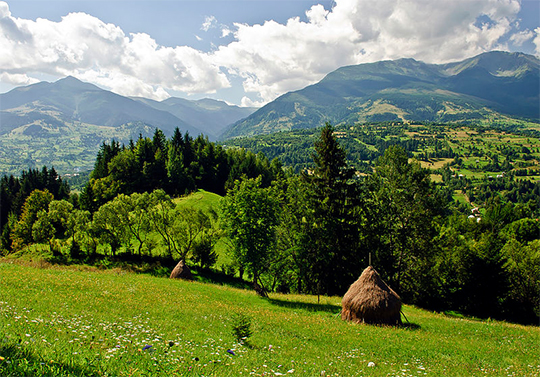
Part of the picturesque Carpathain Mountains, the Rodna stretch has one of the longest continuous ridges in Romania, spanning over 50km from east to west. The mountains here are best suited for summer hiking and winter skiing. A complete hike on the ridge is pretty smooth, and takes between three and five days, depending on the stamina of the hiker and weather conditions. The breath-taking scenery along the way is worth the trip.
At the base of the mountain are a handful of resorts, which you can rest up before climbing the ridge. There’s no accommodation once you start your hike, so tents are a must.
Food in Transylvania
Because of its diverse roots, food in Transylvania is an interesting mix. You can find traditional Romanian dishes like Tripe (cow stomache) soup or Mici, the symbolic dish of Romania- grilled ground meat rolls made from a mixture of beef, lamb and pork and spices. And only found in Transylvania is Bulz, which is cheese with polenta. Hungarian dishes like Goulash and Cabbage soup are commonly found in Transylvania as well.
Transportation in Transylvania
Trains are the best mode of transport between Transylvania and the various major tourist attractions. There are however, smaller landmarks that are not accessible by trains, which make renting a car or taking buses more suitable.
Tip: detailed road maps are available at gas station, train stations and newsstands. If you decide to rent a car, getting a map will get you anywhere without much guidance. Buses are widely used and leave from train stations in major cities and make stops at smaller towns. To get through winding roads, bicycles are convenient. This offers the chance to travel off the beaten track to discover new adventures in small villages and also allows you to admire the natural landscapes Transylvania has to offer.
